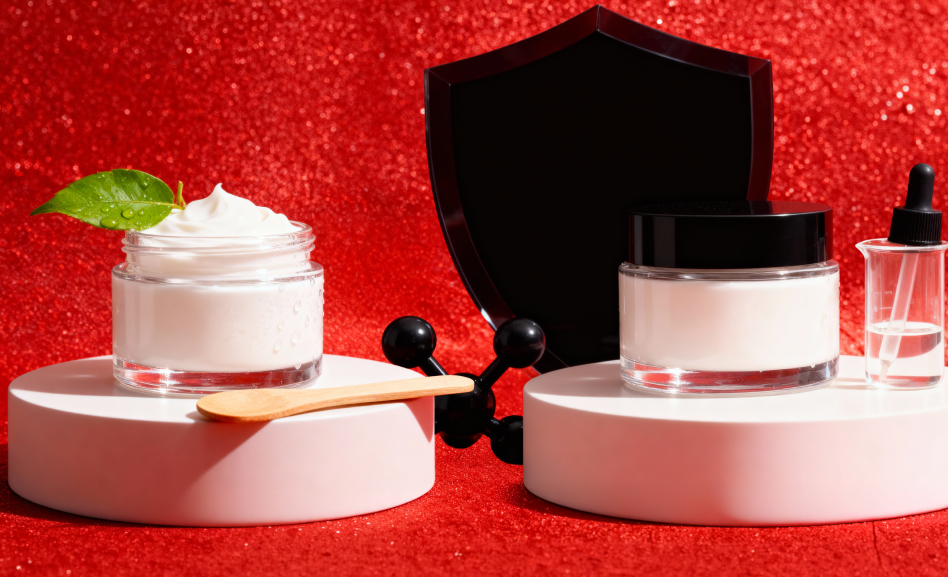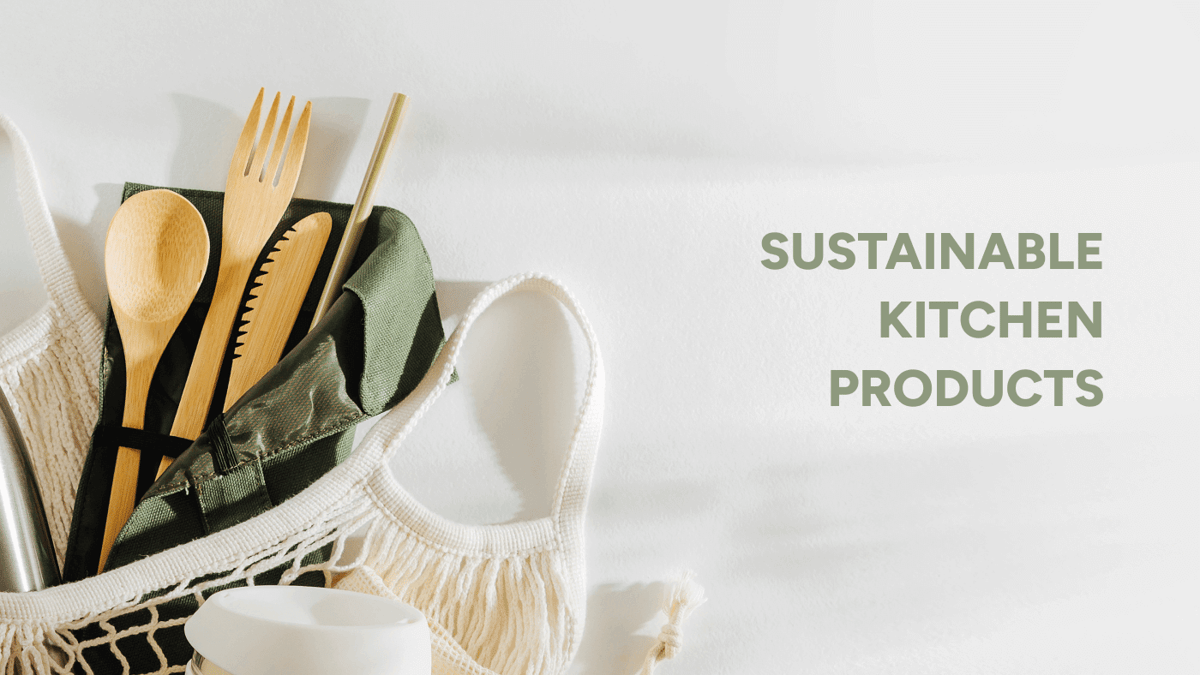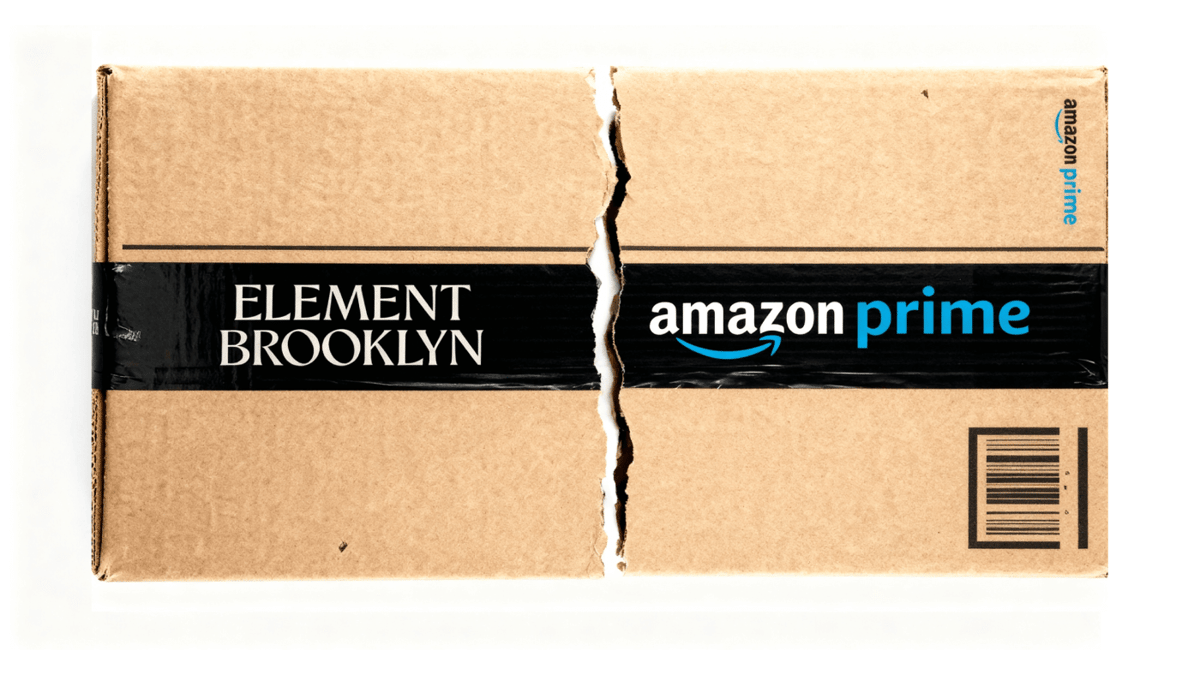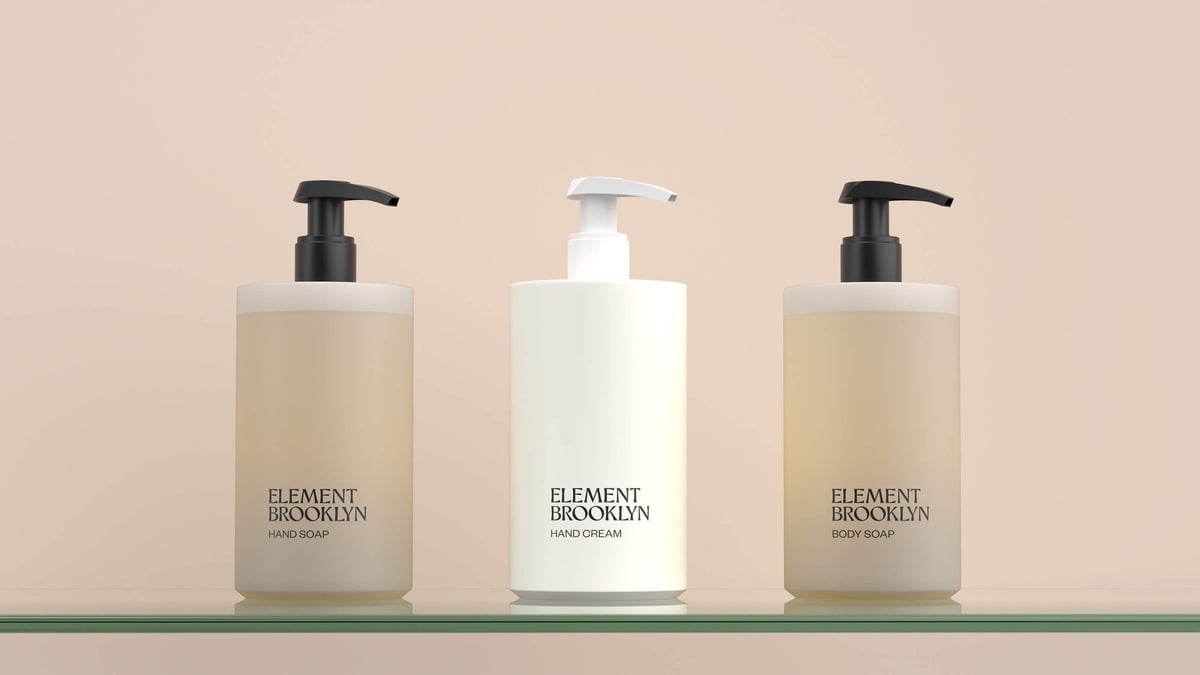The beauty industry is built on alluring myths – stories we’re sold about “pure” ingredients, luxury worth any price, and harmless self-care. Beauty journalist Arabelle Sicardi’s new book The House of Beauty peels back the glossy veneer to expose how our creams, lipsticks and perfumes often come with hidden environmental costs, exploitative practices, and marketing sleight-of-hand.
As a brand founded to challenge business-as-usual, we at Element Brooklyn found the book both a validation and a call to action. Below, we unpack some of the book’s most insightful (and provocative) revelations.
The “Chemical-Free” Fallacy vs. Science-Backed Beauty
One pervasive myth is that “natural” means safer – that products boasting “chemical-free” labels are automatically better for you. Sicardi calls this out as a fundamental misunderstanding of chemistry and cosmetics.
“Don’t trust anything that purports to be ‘chemical-free,’ because that is a fundamental misunderstanding of how beauty products work,” Sicardi writes. Every product, whether a DIY oil or a luxury cream, is composed of chemicals – and “natural” ingredients can irritate or harm skin just as much as synthetics. In fact, preservatives and lab-formulated ingredients often improve safety and sustainability. Preservatives keep formulas stable longer, minimizing waste and preventing bacteria growth that could cause infections. Many dermatologists are seeing an uptick in skin infections among patients who use preservative-free “natural” skincare  – a direct result of what Sicardi calls “chemophobia” in beauty marketing.

The truth is that natural isn’t always better for you or the planet. For example, consumers might assume a plant-based product is more eco-friendly than a “chemically laden” one like, say, classic Cetaphil. But Sicardi reminds us that an “all-organic” product may actually be less sustainable if its ingredients require intensive farming or foraging. Consider fragrances: sourcing essential oils can be shockingly resource-intensive – it takes 4,500 pounds of flowers to produce just one pound of jasmine oil – whereas a synthetic alternative can achieve a similar scent with a fraction of the land and water use. In such cases, “organic” and “sustainable” are ideologically opposed.
Our approach: We reject the chemical scare tactics that many “clean beauty” brands use. Instead, we formulate with a science-backed ethos: using safe, effective ingredients (natural or synthetic) and necessary preservatives to ensure quality and longevity. Our products are free of known harmful additives like sulfates and phthalates, but we don’t shy away from lab-tested synthetics that make formulas more stable or sustainable. The goal is to deliver luxury quality without the pseudoscience. We focus on what works and what’s safe, rather than what’s trendy to put (or leave off) on a label.
The Price Tag Illusion: Why Luxury Really Costs So Much
Another myth Sicardi tackles is the idea that luxury pricing reflects superior quality. We’re conditioned to believe a $100 face cream must be exponentially better than a $20 one. The reality? Often, we’re paying for branding, marketing, and mystique – not dramatically better ingredients. The cost of raw materials in a high-end lotion or fragrance is typically a small fraction of the retail price; the rest is markup that funds glossy ads, gilded packaging, and fat corporate margins.

Our approach: We challenge the myth that luxury must come with a bloated price. If traditional prestige brands are charging a “brand tax” for their name and storefront experience, we’re determined to give you the same caliber of product without that surcharge. As we detailed in our recent analysis of luxury fragrance markups, the major conglomerates thrive on extremely high profit margins, where consumers pay far more than the fair value of what’s in the bottle. Why should a great scent be a status symbol when it can simply be a daily pleasure?
Greenwashing vs. Reality: The Environmental Cost of Beauty

Our approach: We recognized from day one that reducing beauty’s footprint means rethinking the whole product lifecycle – so we built our model around reuse and reduction. All of our home and body care products come in minimalist, refill-focused packaging: dispensers designed to be kept, and lightweight refill pouches that use ~85% less plastic than standard bottles. By refilling rather than replacing your soap or lotion bottle, each customer massively cuts down on waste. We even went a step further, becoming a Plastic Negative certified business (we remove twice as much plastic from the environment as we produce). We’re not perfect, but we’re committed to constantly improving sustainability – and we applaud Sicardi’s call for the entire industry to step up and do the same.
Behind the Gloss: The Hidden Human Costs
Sicardi’s book also forces us to confront the often-invisible human toll behind beauty’s glamour. A myth persists that the cosmetics industry is all fun and empowerment – “lipstick and smiles.” But dig deeper, and you’ll find labor exploitation and inequities that are anything but pretty. From young women in Asian factories filling mascara tubes for cents, to domestic workers giving discounted manicures for $10 a pop, many people along the beauty supply chain are underpaid and overlooked. In one chapter, Sicardi chronicles the nail salon business in the U.S., revealing how industry growth was built on ever-cheaper labor. A manicure that cost $150 in the 1980s (in today’s dollars) might cost only ~$20 now – yet that same service’s provider (often an immigrant woman) still only keeps maybe 60% of that $20, with no benefits or stability.
Exploitation can occur at the source of ingredients too. Sicardi exposes, for example, how widely-used palm oil (found in ~70% of beauty products) is often linked to land grabs and ecological devastation in Southeast Asia. Indigenous communities have been coerced into signing away ancestral forests to feed the palm oil supply chain , and in some cases plantation workers face horrific conditions (from indentured labor to routine exposure to toxic smoke from illegal burning).

Our approach: As a small independent company, we have the advantage of oversight – we formulate and manufacture locally here in the U.S. (in our own Brooklyn facility whenever possible) and work closely with suppliers. This means we can ensure fair conditions and quality control, rather than chasing the absolute cheapest cost at any human expense. We don’t claim to have solved all the industry’s deep-rooted labor issues, but we are committed to treating our team and partners with respect and transparency. And importantly, we never outsource our ethics: we’re cruelty-free (no animal testing), we give back 1% of revenue to environmental causes, and we speak honestly about industry practices in forums like this blog.



